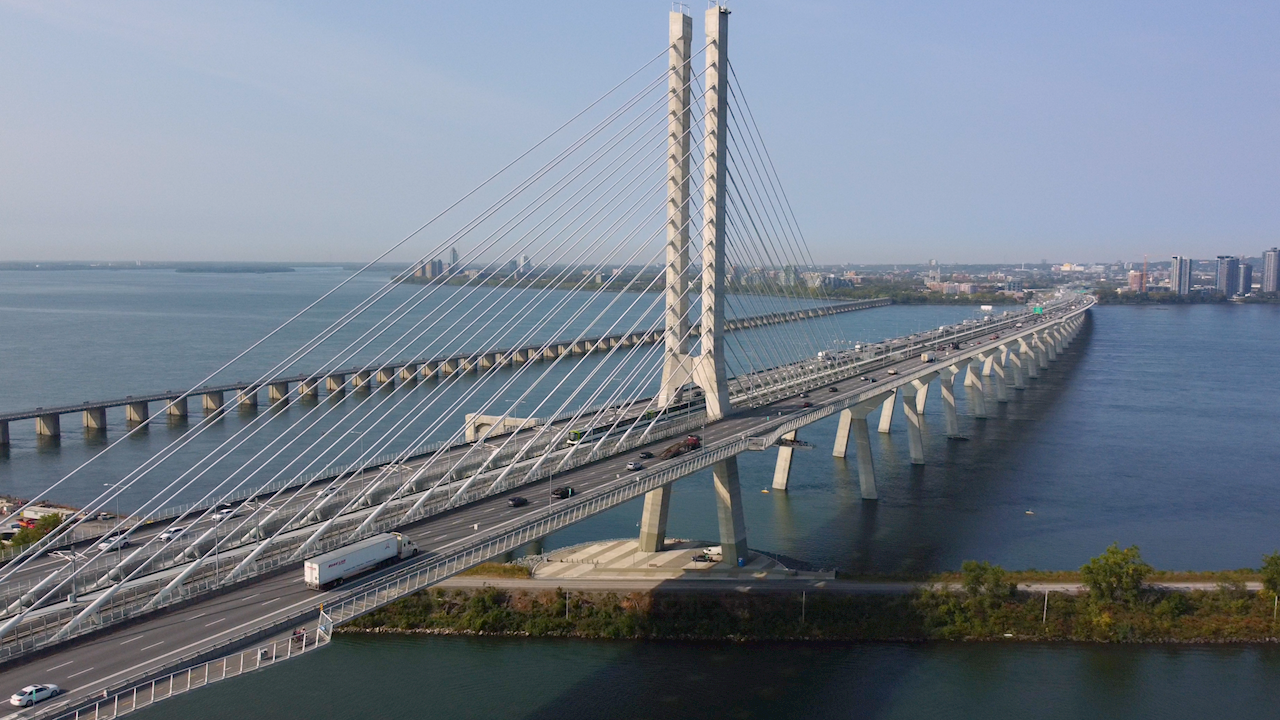
World air cargo traffic will expand at a 5.9 percent annual rate over the next two decades, with worldwide air freight traffic expected to triple through 2029, according to the Boeing World Air Cargo Forecast 2010/2011.
Boeing released the biennial forecast, which is widely cited by airlines and industry groups, at the International Air Cargo Forum and Exhibition 2010 in Amsterdam.
Air cargo traffic rebounded strongly beginning in November 2009 and continuing through the first eight months of 2010. As a result, world air cargo traffic is expected to regain its 2007 peak by the end of this year.
"Economic activity—world gross domestic product—is the key driver of the air cargo market," said Jerry Allyne, vice president, strategic planning and analysis, Boeing Commercial Airplanes. "Following the recession and a year of recovery, world economic growth is forecast to average 3.2 percent over the next two decades."
The 2008-2009 period marked the first time that air cargo traffic contracted for two consecutive years. The decline affected nearly all geographic markets, but markets connected to industrial freight flows generally fared worse than markets less dependent on these flows. The nearly 13 percent drop in cargo traffic in 2008-2009 reflected the steep plunge in industrial activity attendant to the global economic downturn.
In August 2009, industrial activity began to recover, particularly in Asia. Monthly air cargo traffic statistics turned positive in November 2009, and the first eight months of 2010 have seen an estimated 24 percent growth in traffic, compared to the same period in 2009.
"Industrial requirements are driving the rebound, as air cargo is an essential tool for industry and commerce to manage supply chains and bring goods to market," said Allyne. "As airlines return to profitability, they will begin to consider fleet renewal to improve long-term operating costs."
Boeing research indicates the world freighter fleet will increase to 2,967 airplanes from 1,755 during the 20-year period, with large freighters (such as the Boeing 747 and 777) ultimately representing 33 percent of the fleet, compared to 27 percent today.
The Boeing report indicates that increased freighter demand will be met in part by new aircraft, but mainly by conversions from passenger and passenger-freight combination aircraft.
Time only will tell, however, what impact the current terrorist scare emanating from Yemen might have on the forecasts.













